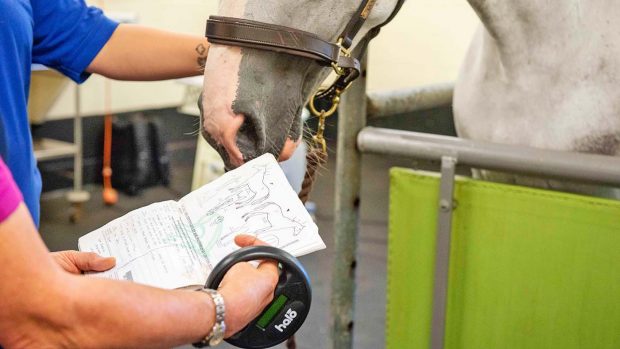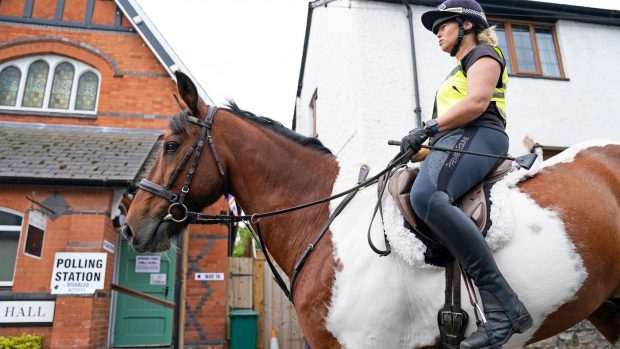Some breed societies have enforced compulsory chipping for more than a decade, and every UK and Irish Thoroughbred foaled since 1999 — 110,000 of them — has been chipped.
BEVA supports microchipping as the most tamperproof form of ID to back-up the silhouette, making any database more reliable.
“Compulsory chipping provides a reliable method of tracing animals in the face of an exotic disease outbreak, and of controlling the use of medicines and what goes into the food chain,” says BEVA president Lesley Barwise-Munro. “These messages need to get out so owners don’t think it’s a pointless extra cost.”
The ILPH believes that compulsory microchips should have come in with passports.
“Microchips would enable us to do more about welfare because they provide a positive identification of an owner,” says Tony Tyler, director of UK operations at the charity. “We support freeze-marking too. But you can, with the right equipment, change a freeze-mark — although it is uncommon. A microchip can’t be changed.”
The Thoroughbred industry has found that microchipping — backed up by a silhouette — helps prevent fraud and mistakes.
Chip “failure” in Thoroughbreds is rare. Since compulsory introduction, the instance of Thoroughbred chips failing to read is about 0.62% — due to malfunction of a chip, or assuming a chip has been inserted but it has dropped into the bedding instead. When combined with adverse reactions to implantation, the figure rises to about 0.73%.
Vet Kevin Pegler says: “In a few chipped horses from Ireland, there’s no signal. You don’t know whether it was never chipped or whether the chip has become unreadable.”
Only vets or equine veterinary nurses — under veterinary supervision — are allowed to chip horses. Vets use a special device to implant the chip — which is about the size of a grain of rice — into the left side of the nuchal ligament. Occasionally horses are twitched or sedated for the procedure, which is similar to an injection.
“How you handle the horse is crucial,” says Jeremy Mantell. “But even in the most frightened horse you can usually manage it before they know what’s happening.”
Sarah Fry, sales director at Pet-ID, says: “We recommend the vet clips a 10p-sized patch — you don’t want to take a hair down with the needle — and swabs the area. He should scan the horse to check it’s not already chipped, scan the chip to ensure it’s working, and scan again after implantation.
“To implant the chip, you squeeze the trigger, which pushes a plunger at the end of the barrel, driving the chip out of the end of the needle. The nuchal ligament is like firm rubber, so the chip stays put.”
There is no age limit, although Lesley Barwise-Munro advises: “A foal should have received adequate colostrum, behave normally and feel well in itself before it is chipped.”
SUBSCRIBE TO HORSE & HOUND AND SAVE Enjoy all the latest equestrian news and competition reports delivered straight to your door every week. To subscribe for just £1.43 a copy click here >>
|




